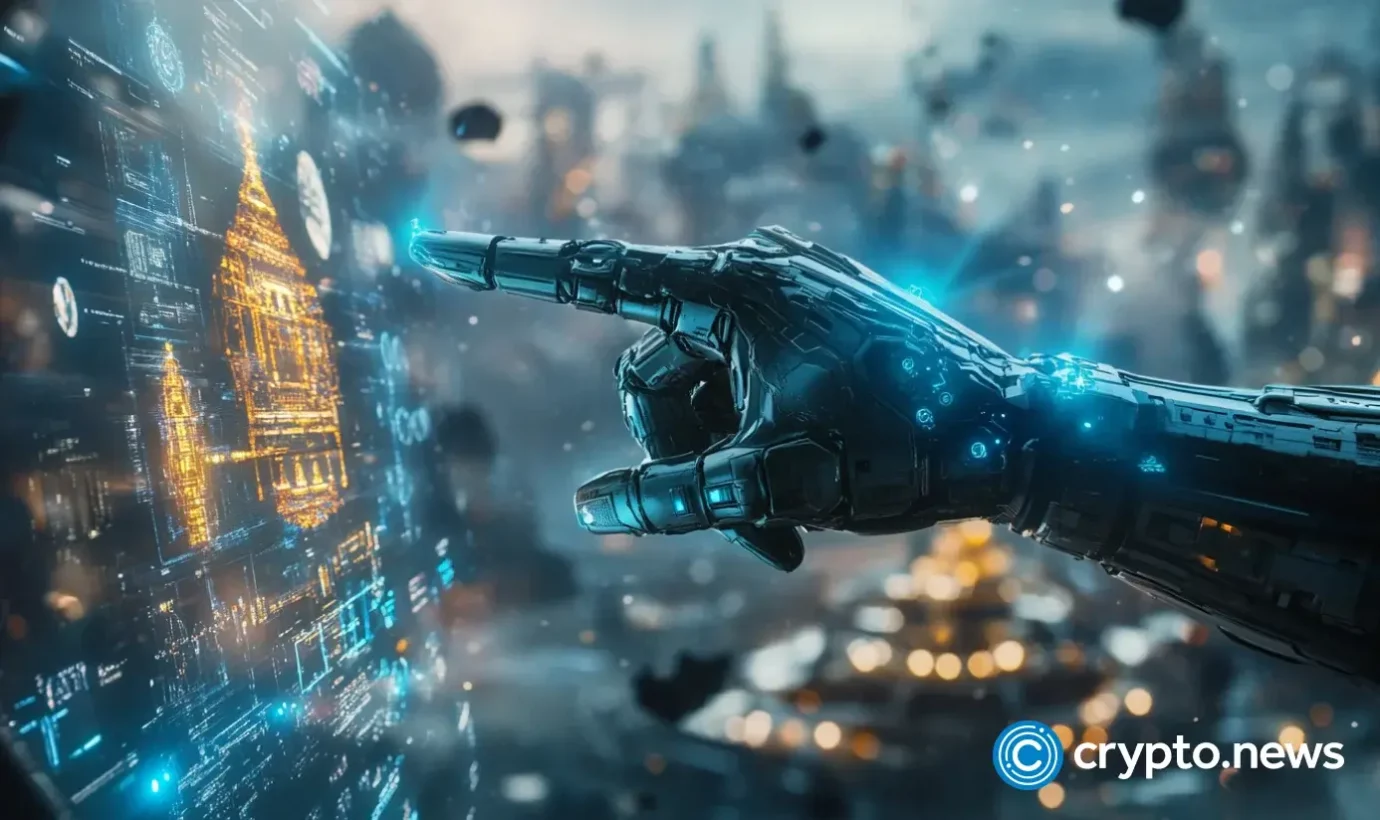Gaming remains a key driving force behind web3, accounting for nearly one-third of dApps’ daily active audience. Its evolution is fueled by market demand: as millions of users embrace GameFi, blockchain games struggle to handle the load—and build new solutions like game-oriented blockchains to meet growing needs. This further simplifies UX and user onboarding, which will inevitably attract a wave of new players—sparking further growth in the number and quality of gaming-first blockchain networks.
How the idea for gaming blockchains popped up
Blockchain gaming is growing at a record pace. In May 2024, the number of daily unique active wallets in the industry hit the three million mark, setting a new all-time high. Just two months later, GameFi’s dUAW reached a new ATH of four million. It is roughly one-third of the daily users in the entire dApp market, which amounts to 15 million.
It wasn’t always that way. In the early days of Ethereum (ETH), blockchain games were mainly a niche for geeks who were so enthusiastic that they were ready to put up with numerous inefficiencies and poor user experience. Developers realized the ecosystem couldn’t grow like this: constant congestion crises plagued GameFi, forcing users to wait hours for their transactions to be approved, sometimes paying tens of dollars in fees. It became apparent that gaming blockchains had to become more scalable.
Another issue with building games on Ethereum L1 was the lack of control over the development process and the inability to adapt the network to the games’ needs. This led game studios to the idea of creating dedicated and GameFi-oriented blockchains.
The gaming chain pioneers
One of the first blockchains built with scalability in mind was WAX. In 2017, it was initially conceived to make e-commerce transactions faster, but then gained a strong gaming focus: today, WAX closes the top ten gaming blockchains by daily active wallets with 132,000 dUAW and partners with Amazon Prime Gaming and Epic Games Store.
Many GameFi-oriented L1 blockchains have appeared since then, but one of them stands out—Ronin. By 2020, Sky Mavis, a company known for creating the pioneering Axie Infinity game, shifted to building an L1 ecosystem rather than just a specific game title. The studio migrated its leading games, Axie Infinity and Pixels, to Ronin and focused on developing the network.
The team released Ronin’s testnet roughly two years before Ethereum’s Merge, when scaling plans for the industry’s largest dApp network were still vague. At the time, Ethereum was still leveraging the PoW consensus algorithm, so Ronin’s proof-of-authority and later delegated proof-of-stake were a breakthrough—they reduced energy consumption to near zero and introduced faster block times and transaction fees below $0.001.
Ronin’s efforts have paid off. Today, the ecosystem features 15 games and promises that more are coming. In June 2024, the number of daily active users on the network surpassed that of any other blockchain, including Tron and Solana, reaching the two million mark.
The launch of GameFi-oriented blockchains boosted the industry but didn’t solve all of its problems. Building a dedicated blockchain is time-consuming and expensive, and it doesn’t allow devs to quickly integrate all the innovations that pop up along the way. That’s why the industry players have turned their attention to Layer-2 and Layer-3 infrastructure.
Exploring the potential of new layers for gaming
Soon after Ronin was launched, Ethereum embarked on its journey toward scaling. Optimism, Arbitrum, and other L2s emerged, significantly reducing gas fees and increasing throughput in the Ethereum ecosystem. Some of these networks took steps to strengthen GameFi, adapting their infrastructure for game developers.
The next step in this evolution was the emergence of L3 networks—and this is where it gets really exciting. They cut the block time to 100-300 ms and achieved near-instant transaction finality, opening the way to processing thousands of transactions per second (compared to Ethereum L1’s 12-15 TPS). In addition to the drop in block time and transaction fees, the simplicity of deploying L3s and their customizability created unparalleled opportunities for game development within the Ethereum ecosystem.
Gaming-focused L3s leverage the recent web3 innovations to take the blockchain gaming experience to the next level. For example, PlayBlock, a GameFi L3 blockchain that runs on top of Arbitrum Orbit, uses account abstraction to remove multiple transaction approvals, ensuring uninterrupted gameplay. Relayer technology allows the network to sponsor users’ transactions, introducing a completely gasless experience for players. Self-custodial wallet based on the ERC-4337 standard eliminates the seed phrase and private key management hassle.
Simply put, gamers on the newest L3s don’t need to manage their wallets, confirm multiple transactions, and pay gas fees. This removes all the complexities typically associated with blockchain gaming, making it accessible to millions of web2 natives who were previously put off by GameFi.
More gaming blockchains are to come
L2/L3 chains are a priority for GameFi-oriented developers today as they ensure unprecedented scalability and customizability. Another perk is the speed of innovation they can afford: large networks like Ethereum can’t implement groundbreaking changes quickly, while smaller ecosystems have the flexibility to do so.
Corporations give another boost to the industry as some of them are tapping into gaming networks: Sony Group recently announced the launch of Soneium blockchain, an Ethereum Layer-2 focused on security and user-friendly gameplay. It’s quite possible that we will soon see similar blockchains from Ubisoft, Rockstar, or Epic Games, considering Ubisoft’s plans for web3.
Compared to L1 solutions, L2s and L3s require much less effort to launch. For instance, there are rollup-as-a-service solutions that allow for the quick launch of new customizable L3 networks. Thanks to the interest of major players and existing infrastructure, we are likely to see the birth of new gaming-focused blockchains soon, allowing GameFi to go mainstream.
Tổng hợp và chỉnh sửa: ThS Phạm Mạnh Cường
Theo Crypto News
